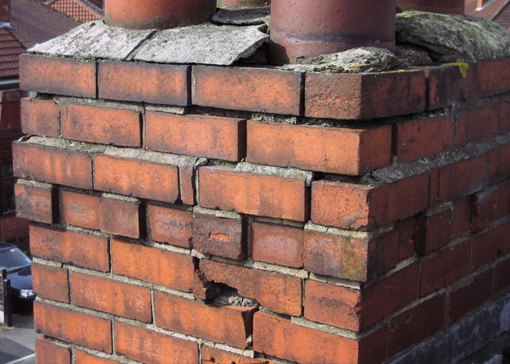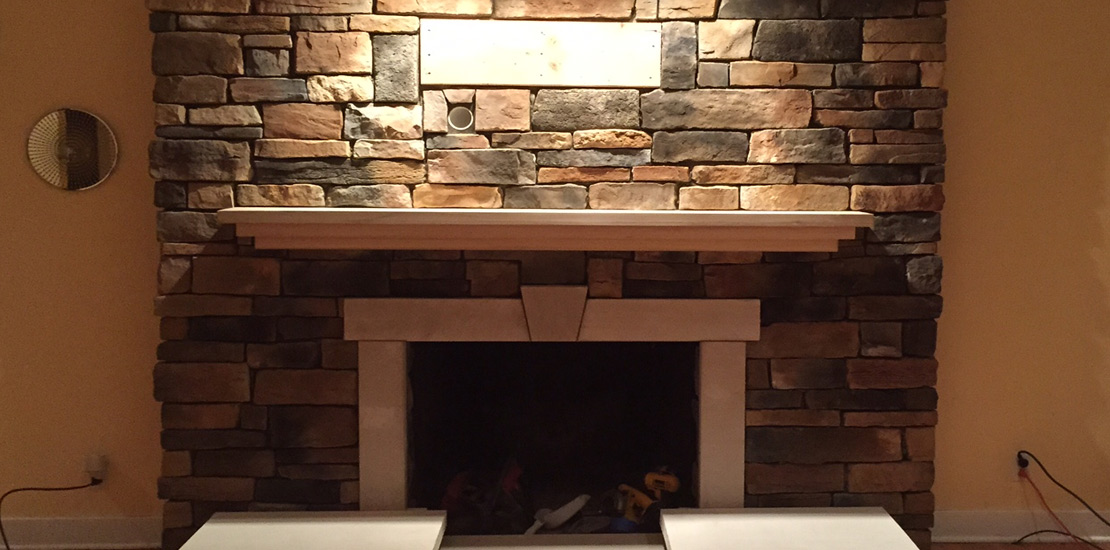Some problems you may encounter with your Chimney:
Absolute Chimney and Fireplace Restoration
Absolute Chimney Repairs & Rebuilds

Chimney repairs are usually discovered as part of our annual cleaning and inspection service, but can be required at any time as a result of weather damage, water penetration, flue obstructions, or creosote build up.
If you have recently experienced a chimney fire or noticed that your chimney is not venting properly, you likely need to have your chimney or fireplace serviced.
Absolute Chimney provides safe, long-lasting chimney and fireplace repairs. Our team of chimney and fireplace experts will use their years of expertise, high quality workmanship, and durable materials and parts to restore your chimney and fireplace back to its ideal operating condition.
We specialize in repairing and restoring chimneys to their original beauty and functionality.
Absolute Chimney provides safe, long-lasting chimney and fireplace repairs. Our team of chimney and fireplace experts will use their years of expertise, high quality workmanship, and durable materials and parts to restore your chimney and fireplace back to its ideal operating condition.

1) Damaged Chimney Crowns. The chimney crown is the top piece of a masonry chimney. It covers and seals the top of the chimney from the flue liner to the chimney edge. The crown should provide a downward slope that will direct the water from the flue to the edge of the crown. The overhanging drip edge, by directing the run-off from the crown away from the chimney, helps prevent erosion of the brick and mortar in the chimney’s vertical surfaces. Most masonry chimneys are built with an inadequate crown constructed from common mortar mix that is designed for years of weather abuse without cracking, chipping or deteriorating. A proper chimney crown should be constructed of a Portland cement-based mixture and cast or formed so it provides an overhang projecting beyond all sides of the chimney by a minimum of two inches. The flue liner tile should also project above the crown a minimum of two inches.
2) Deteriorated Chimney Mortar Joints. In the tests it was determined that if the flue gases were allowed to penetrate to the brick and mortar, the result would be a reduction in the usable life of the chimney. The flue gases are acidic in nature and literally eat away at the mortar joints from inside the chimney. As the mortar joints erode, heat transfers more rapidly to the nearby combustibles and dangerous gases such as carbon monoxide can leak into the living areas of the home.
3) General Chimney Repair or Replace Flashing.Flashing is the seal between the roofing material and the chimney. Flashing prevents rainwater or snow melt from running down the chimney into living spaces where it can damage ceilings and walls and cause rot in rafters. The flashing is the expansion joint between two dissimilar materials. It is designed to allow both the roof and the chimney to expand and contract at their own rates without breaking the waterproof seal in either area.
Facts on Smoke Chambers in Masonry Chimneys
What are Smoke Chambers?
The smoke chamber funnels smoke and heat from your firebox to your flue lining. The smoke chamber can reach temperatures of 2000 degrees during a high heat event (chimney fire)
Smoke Chamber Sealing
The smoke chamber is required to be sealed smooth with refractory mortar to protect exterior combustibles from igniting.
What can Cause House Fires?
Wood can be found inside smoke chambers, which can lead to house fires. Heat can transfer through masonry and actually ignite combustibles on the other side of a row of brick without actually touching it. Fire investigators estimate that 40% of house fires that start from the chimney, start in the smoke chamber.